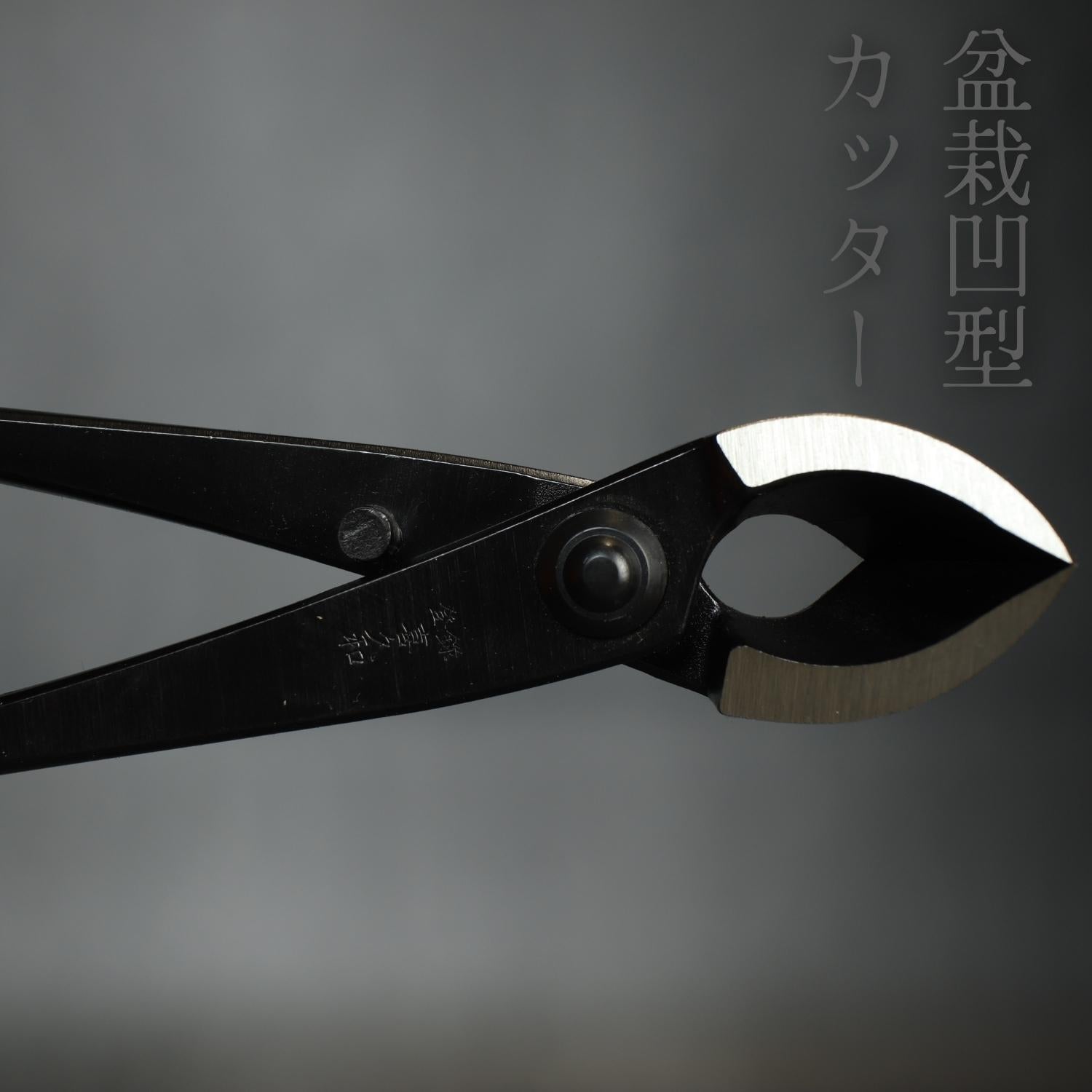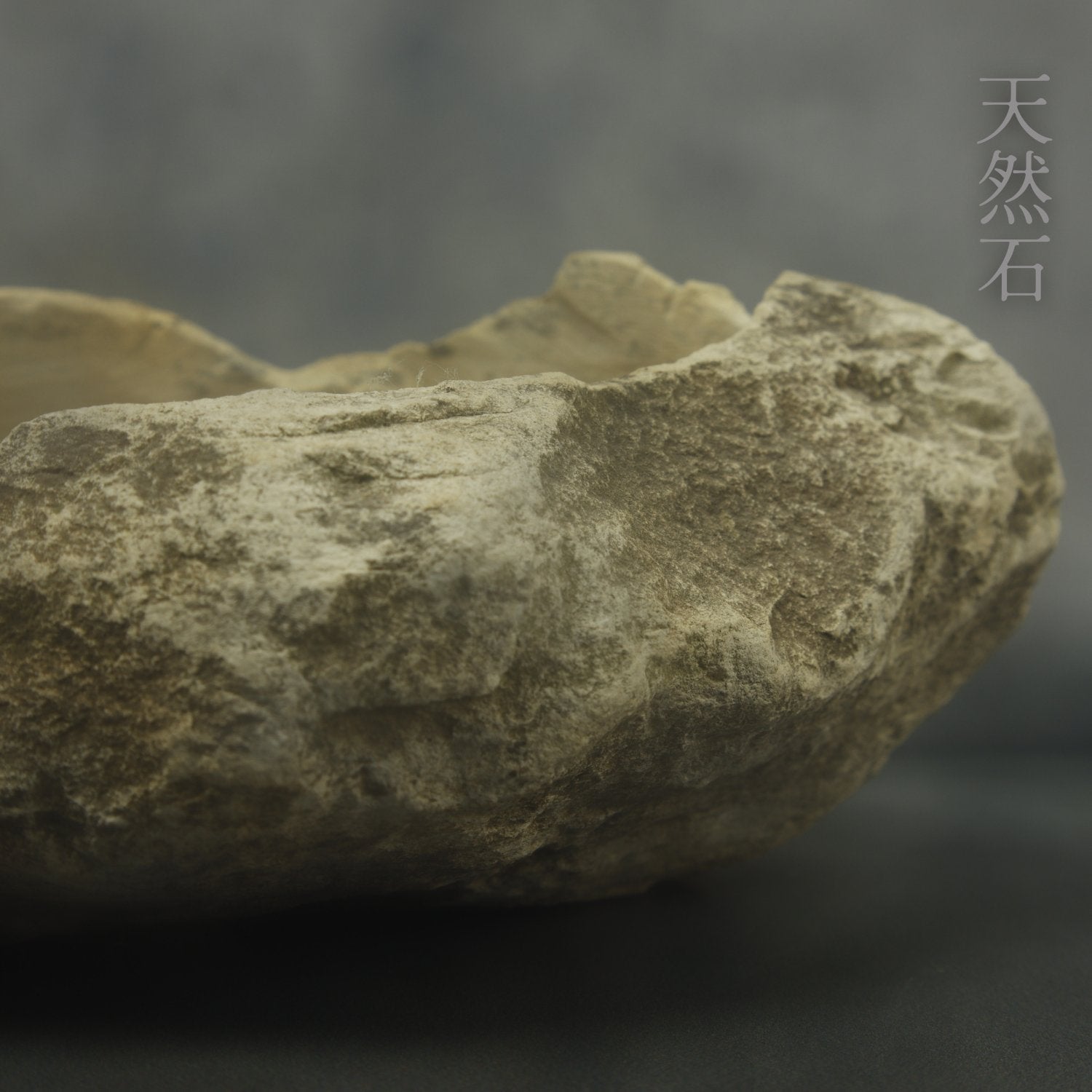What Are Redwood Trees?
Redwood trees are a species of evergreen coniferous trees that belong to the genus Sequoia in the family Cupressaceae. They are native to the western coast of North America and are known for their tall stature, with some trees reaching heights over 379 feet (115 meters). The species is composed of two distinct types: coast redwoods (Sequoia sempervirens) and giant sequoias (Sequoiadendron giganteum). Both species are valued for their beauty and for the valuable wood they produce, which is used for a variety of purposes, including construction and furniture-making.
Redwood trees have significant importance for both ecological and cultural reasons.
Ecologically, redwoods play a vital role in the forest ecosystem. They provide habitat for a variety of plants and animals, and their deep roots help to stabilize soil and protect against erosion. They also play a role in the carbon cycle, absorbing and storing carbon dioxide, which helps to mitigate the effects of climate change.
Culturally, redwoods have been revered for centuries by the indigenous peoples of California and have been protected as a symbol of the state's natural beauty. They are also a popular tourist destination, with many visitors coming from all over the world to see the magnificent trees.
In addition, redwoods have economic importance, as their wood is highly valued for its durability, beauty, and resistance to decay. It is used in a variety of construction and furniture-making applications.
Overall, redwoods are a unique and valuable resource that are important for their ecological, cultural, and economic contributions. It is essential to continue to protect and preserve redwood forests for future generations.
Characteristics of Redwood Trees
Redwoods are well-known for their distinctive appearance and towering stature. They have a conical shape, with a straight trunk that can reach up to 20 feet (6 meters) in diameter at the base. The bark is thick and fibrous, with a reddish-brown color, and is resistant to fire, insects, and disease.
The leaves of redwoods are needle-like and measure about 1 inch (2.5 cm) in length. They are arranged in a spiral pattern around the branches and are a rich green color. The cones of redwoods are small, less than 2 inches (5 cm) in length, and have a woody texture.
In addition to their size, redwoods are also known for their longevity, with some trees estimated to be over 2,200 years old. This, combined with their towering height and unique appearance, makes redwoods a truly impressive species.
Redwoods have a very fast growth rate, with some trees growing over 6 feet (2 meters) per year. This allows them to quickly reach maturity and become one of the tallest species of trees in the world.
Despite their fast growth, redwoods are also known for their ability to withstand environmental stressors, including drought, fire, and wind. This is due in part to their deep root system, which can reach up to 100 feet (30 meters) deep, anchoring the tree and helping to stabilize it during strong winds or other disturbances.
In terms of growth patterns, redwoods tend to grow taller rather than wider, with a relatively straight trunk and minimal branching. This is because they are able to photosynthesize effectively even at the top of their tall canopy, where light is scarce. As a result, redwoods do not have to compete with neighboring trees for light, allowing them to grow taller and taller over time.
Redwoods have developed a number of adaptations that enable them to thrive in their coastal environment. Some of these adaptations include:
-
Thick bark: The thick, fibrous bark of redwoods is an adaptation to the frequent fires that occur in the region. The bark provides insulation, protecting the tree's inner layers from the heat of the fire.
-
Deep roots: The deep root system of redwoods helps to anchor the trees in the often-windy coastal environment and also allows them to access water and nutrients deep in the soil.
-
Needle-like leaves: The needle-like leaves of redwoods reduce water loss and provide some protection from the wind and salt spray of the coast.
-
Tolerance of fog: Redwoods are able to effectively photosynthesize even in the low light conditions that often occur in their coastal environment, thanks in part to their ability to use the fog that frequently rolls in from the ocean as a source of moisture.
-
Resistance to pests and disease: Redwoods have a natural resistance to many pests and diseases, which helps them to thrive in their environment.
Redwoods as Bonsai
Redwoods make excellent bonsai specimens due to their distinctive appearance and ability to thrive in small containers. Some of the key reasons why redwoods are good for bonsai include:
-
Size: Redwoods are naturally tall and narrow, with a straight trunk, making them well-suited for bonsai styles that emphasize height and verticality.
-
Bark texture: The fibrous, textured bark of redwoods adds interest and contrast to bonsai compositions.
-
Needle-like leaves: The small, needle-like leaves of redwoods are well-proportioned for bonsai and provide a sense of scale.
-
Ability to be trained: Redwoods respond well to bonsai training techniques such as pruning, wiring, and repotting, which can be used to shape and style the tree over time.
-
Tolerance of conditions: Redwoods are adaptable and can tolerate a range of conditions, including low light levels, which are common in bonsai cultivation.
Redwood bonsai require some specific care and maintenance in order to thrive. Here are some tips for maintaining your redwood bonsai:
-
Watering: Redwoods prefer evenly moist soil, but it is important to avoid over-watering, as this can lead to root rot. Water your redwood bonsai regularly, but allow the soil to partially dry out between waterings.
-
Fertilizing: Redwoods benefit from regular fertilization, especially during the growing season. Use a balanced, slow-release fertilizer and follow the manufacturer's instructions for application.
-
Light: Redwoods prefer bright, indirect light, but can tolerate some shade. Avoid exposing your redwood bonsai to direct sunlight for extended periods of time, as this can lead to leaf burn if the watering requirements are not met.
-
Pruning: Regular pruning is essential for maintaining the desired shape of your redwood bonsai. Prune back new growth to control the size of the tree and to maintain the desired form.
-
Repotting: Redwoods should be repotted every 2-3 years, or when the roots have filled the pot. Repotting allows you to refresh the soil, which provides the tree with essential nutrients.
-
Wiring: Wiring is a technique used to shape and train the branches of a bonsai. Redwoods can be wired, but it is important to be careful and gentle, as the branches can be brittle and break easily.
-
Pests and diseases: Keep an eye out for pests and diseases that may affect your redwood bonsai, such as spider mites, scale insects, or root rot. If you notice any problems, take action promptly to prevent further damage.
Conclusion
Redwoods are an important species for a number of reasons:
-
Ecological significance: Redwoods play a critical role in the coastal ecosystems of California and Oregon. They provide habitat for a wide range of wildlife, and their fallen needles help to enrich the soil and support other plant life.
-
Cultural significance: Redwoods have long been a source of wonder and awe for humans. They are some of the tallest and oldest trees in the world, and have been a part of the cultural heritage of the region for thousands of years.
-
Economic significance: Redwoods have been an important resource for human communities for centuries. The wood is prized for its beauty, strength, and resistance to decay, and has been used for a wide range of purposes, from construction to furniture-making.
-
Scientific significance: Redwoods have been the subject of scientific research for many years, and have helped to deepen our understanding of plant biology, ecology, and evolution.
In conclusion, redwoods are an important species for a wide range of reasons, and have been valued by humans for their ecological, cultural, economic, and scientific significance. They are truly one of nature's wonders, and a testament to the resilience and adaptability of life on our planet.














